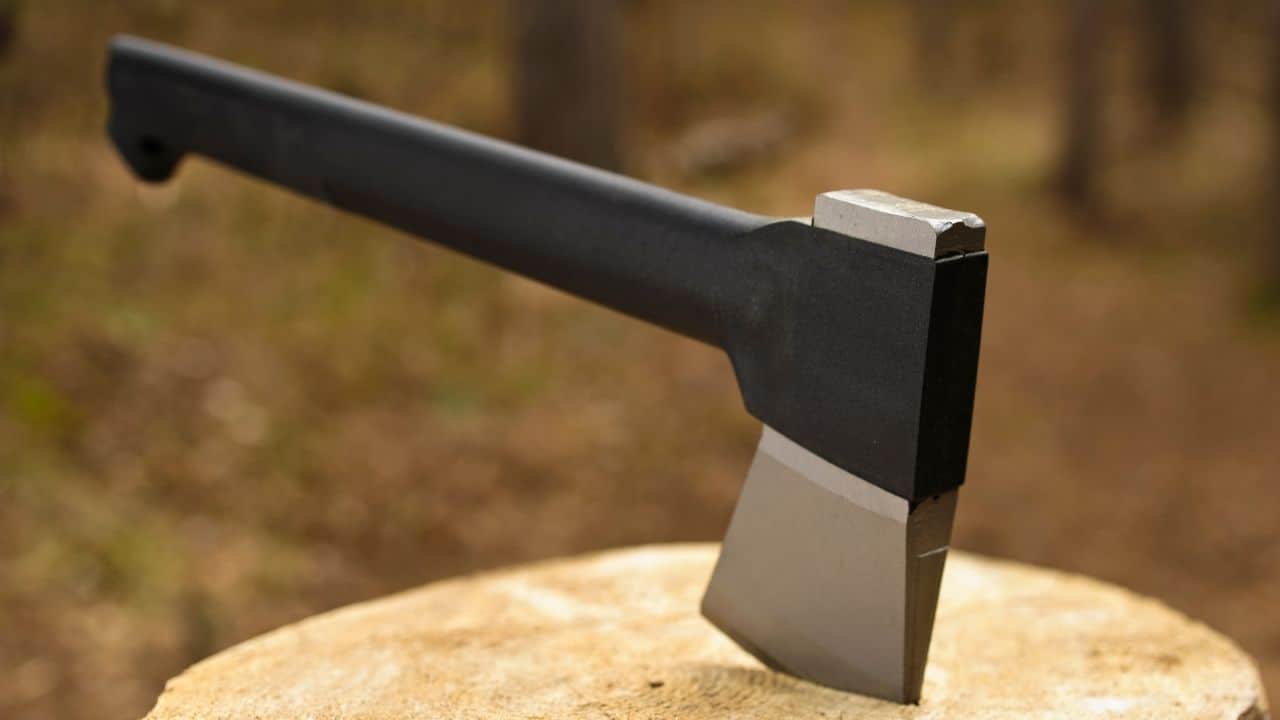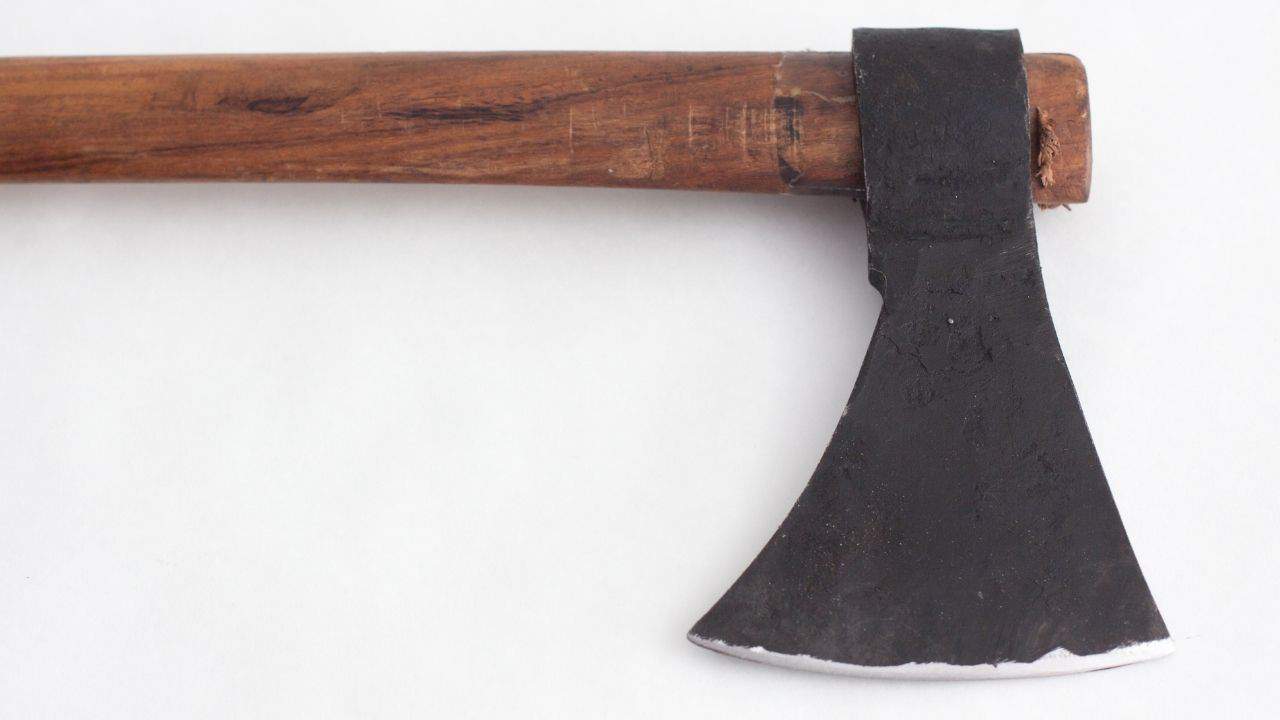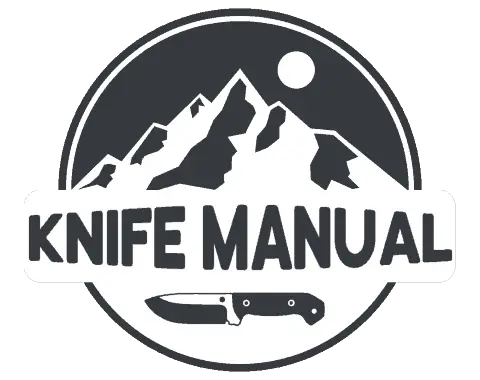Hatchets are efficient tools that you can use to perform various tasks, but how good are they for self-defense? There is quite a bit of controversy around which blades and tools are suitable for self-defense situations, so let’s take a look at hatchets and their combative qualities to see if they’re worth carrying in order to defend yourself.
Hatchets make excellent self-defense weapons against humane and animal attackers. The handle of a hatchet is great for blocking your opponent, as well as giving you a wider range of motion and reach. A hatchet’s blade is also extremely sturdy and can be swung with a lot of force against an enemy.
There are many aspects of hatchets that lend themselves well to self-defense situations, but there are also a few downsides to consider. In this article, well discuss this question and go over what sort of attributes you should look for in a good self-defense hatchet. Let’s get right into it!
Table of Contents
Are Hatchets Good for Self-Defense?

Self-defense is an art form and skill with two major camps of people: people who want to know the basics to protect themselves in an emergency and people who enjoy the art of self-defense and are enthusiasts.
Hatchets are suitable for those who want an effective self-defense tool in an emergency but don’t care so much about the art form behind self-defense. Hatchets are definitely not a gentlemen’s choice of a self-defense weapon, but you can use one quite successfully if the need arises.
Let’s take a closer look at the specific downsides and benefits that hatchets have as self-defense tools.
The Benefits of Using a Hatchet for Self Defense
Below are some of the primary benefits of using a hatchet as a self-defense tool:
- The weight of a hatchet makes it difficult to block
- You can put a lot of power behind a hatchet strike
- Hatchet cause a lot of damage when they make contact
There are many benefits to using a hatchet for self-defense, but one of the most significant ones is the fact that hatchets have quite a bit of weight to them. A self-defense tool that is heavy while remaining maneuverable for the user is quite a bit more effective than a lighter-weight weapon.
Even if your attacker knows some combative maneuvers, a heavy tool is MUCH more difficult to block and evade. In addition to being difficult for your attacker to block, a hatchet is relatively easy to swing forcefully and get a lot of power behind your weapon.
The weight of a hatchet makes even a light swing very powerful. Tiring during an emergency when you need to defend yourself is a real problem, so being able to perform powerful blows without using a ton of energy is fantastic.
When you make contact with your enemy or really anything for that matter, a hatchet deals quite a significant amount of damage. Because you’re able to easily put so much power behind a hatchet strike, when you make contact, you’ll likely do quite a number on whatever you hit. Hatchets are great because they can neutralize threats and deescalate situations fast and efficiently.
The Downsides of Using a Hatchet for Self-Defense
While there are many upsides to using a hatchet for self-defense, just like with anything, there are also downsides. Below are some of the most significant downsides to using a hatchet as a self-defense tool:
- Hatchets are large and awkward to carry around
- It’s difficult to swing a hatchet precisely
You can see having a large self-defense tool as either a bad thing or as something positive. While, on the one hand, a large tool such as a hatchet can block attackers quite easily, it is also a pain to carry around and have on you.
One of the critical elements of self-defense is always having your tool on you, so you’re ready for any situation. However, hatchets are large and clunky and can be extremely awkward to carry around wherever you go.
Another potential downside to hatchets is that they are difficult to swing and strike accurately. Accuracy and ease of use are necessary to protect yourself and others effectively, but hatchets lack a lot of the maneuverability that is ideal in a self-defense weapon.
The downsides of using a hatchet as a self-defense tool are essential to assess, but I don’t think any of them entirely disqualify a hatchet from even being considered. There are many great things about hatchets that are ideal for defending yourself, but there are a few non-ideal qualities as well.
Things to Look for in a Good Self-Defense Hatchet

There are many upsides and downsides to using a hatchet for defensive maneuvers that you must consider. While most hatchets are pretty similar, it is essential to get a hatchet with the right qualities and attributes if you plan to use it as a self-defense tool.
Most hatchets will work just fine in a pinch, but having a hatchet that is the correct size and has the right type of handle, blade, and design will make self-defense more manageable and easy.
In the next few sections, I’ll go over a few of the most critical elements and qualities you should look for in a hatchet that you intend to use for self-defense purposes.
Size
Depending on your size and strength, what size hatchet you’ll want for self-defense situations will vary. One of the most important things when it comes to your hatchet’s size is being able to comfortably hold and use it without tiring exceptionally quickly.
You should also consider how easily your hatchet is to carry around with you or keep in your home, go-bag, car, or wherever you may need it. For a self-defense tool to be useful, you need to have it on or near you. It’s no good to have a self-defense tool, but you’re simply unable to get to it when the situation arises.
Usually, the smaller the hatchet, the better it is for self-defense. A small hatchet is easy to conceal and carry around with you, and it’s also relatively easy to use for long periods of time without getting tired.
However, a large hatchet is often more effective, so you may want one that is bigger if you’re capable of carrying it and having it on or near you at all times.
Design
The design of a self-defense hatchet is also crucially important. For ease of carrying and portability, you usually want a reasonably compact design without any extravagant design features.
There are many ways that you can go about carrying your hatchet, and depending on which method you choose, you should factor it into what design is best for your needs.
If you intend to keep your hatchet stationary in a go-bag or closet, a portable design isn’t as necessary, and you can prioritize versatility and strength. However, if you intend to carry your hatchet around a lot, you should go for a lighter and more portable design that is better suited for being attached to your belt or being carried in a backpack.
Overall, you should get a hatchet that you enjoy, is comfortable to use, and meets your portability needs. The best hatchets for self-defense are incredibly minimalistic, compact, and straightforward.
Blade
The blade on a hatchet is one of its defining features, and it’ll make or break a hatchet in regards to how useful it is for self-defense. When choosing a self-defense hatchet, you should pay special attention to the blade design and the steel used to craft the blade.
The wider the blade, the larger of a chase you’ll have of making contact with your target. However, too large of an edge can be unwieldy and can cause more problems than it solves, so you should try to find the sweet spot between them. If you’re less experienced with a hatchet, maneuverability is less of a concern, so going for a larger blade may be a good option.
There are many great hatchet steels, but I particularly like 1095 carbon steel and “S” type steels, such as S5 steel. Whichever blade steel you choose, make sure it is reasonably durable and has good impact resistance.
For self-defense purposes, you typically want your blade to be as razor-sharp as possible. For more information, check out my article on how sharp you should keep your hatchet blade .
.
Handle
For a hatchet primarily intended for self-defense, you typically want a handle that reasonably long. A long handle is great because it improves your blade’s reach, but there are a few other factors to consider as well.
There are benefits to having a long hatchet handle, but at the same time, there are some excellent reasons to get as short a handle as possible. A short-handled hatchet is much easier to control and carry around, which are ideal traits for a self-defense hatchet.
If you’re just getting into self-defense, you’ll likely be less worried about maneuverability and precise control, so it would make sense to get a reasonably long-handled hatchet to give you more reach with your blade.
However, if you care more about having complete control over how you swing and where your hatchet blade goes, you may want to consider a shorter handle. You’ll be losing some valuable reach, but the tradeoff can be worth it if you know what you’re doing.
Below are a few of the best and most popular hatchets, so make sure to check them out if you’re interested!

